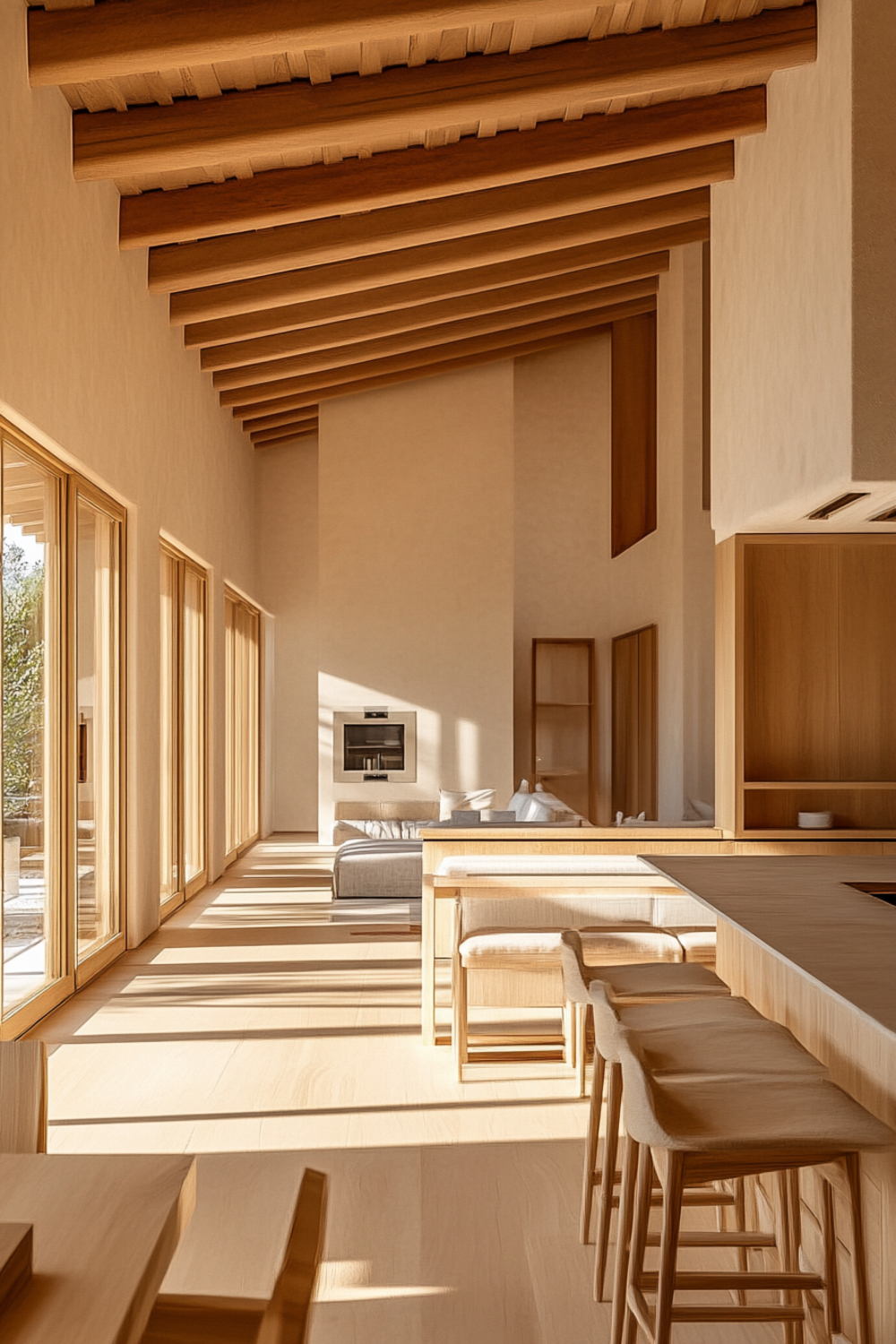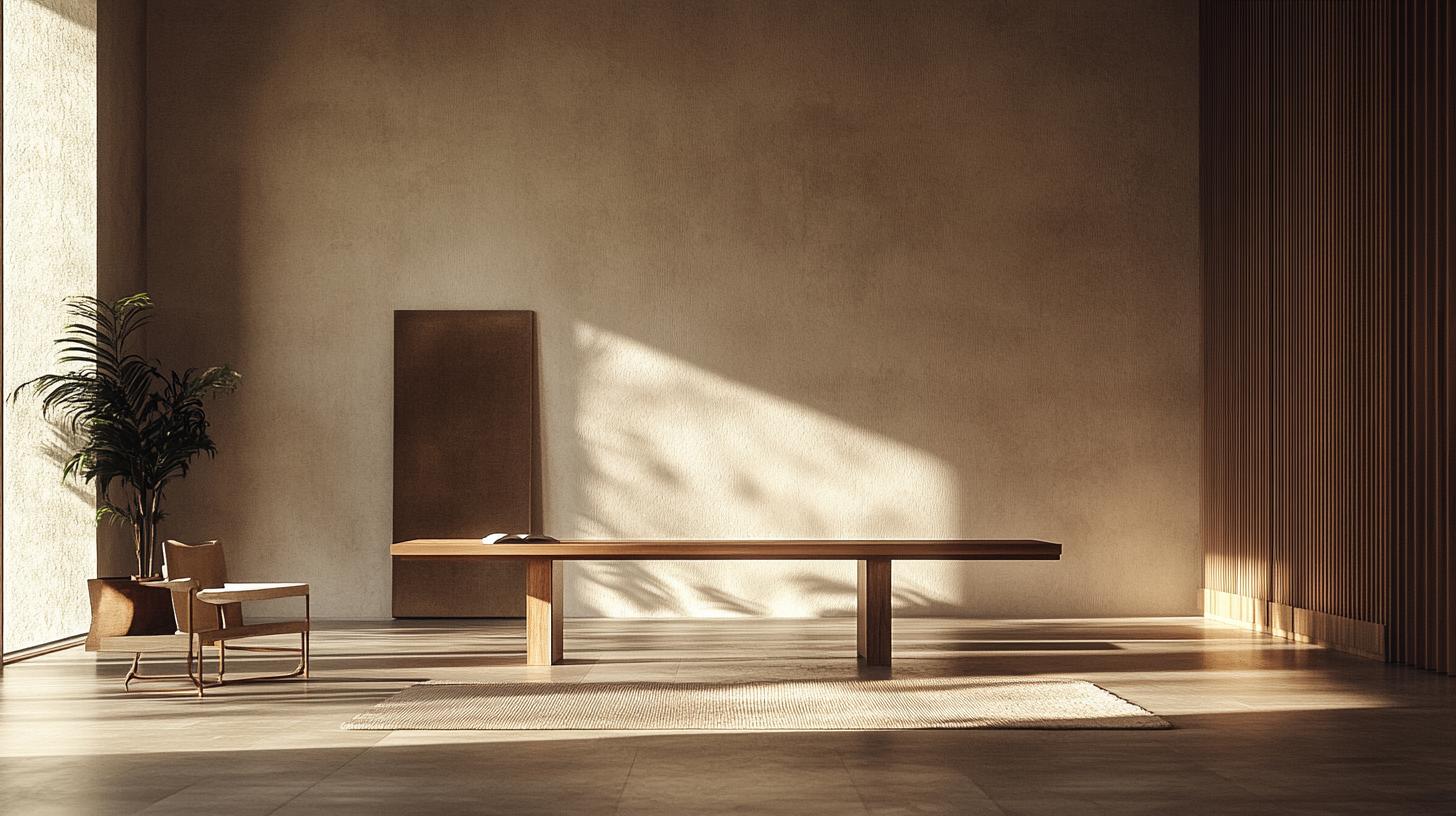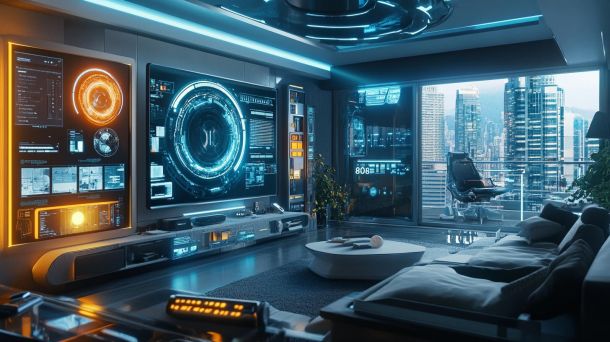Intuitive space planning is more than just arranging furniture—it’s about creating smart, adaptable environments that enhance your daily life. In 2025, families are increasingly seeking design solutions that maximize functionality without sacrificing style.
The core principle of
intuitive space planning revolves around understanding how people naturally move and interact within their living spaces. By analyzing traffic patterns, lifestyle needs, and individual preferences, designers can craft environments that feel both effortless and inspiring.
Key considerations for effective space planning include:
• Maximizing natural light
• Creating flexible zones
• Implementing smart storage solutions
• Ensuring smooth traffic flow
Working professionals and families especially benefit from spaces that can seamlessly transition between work, relaxation, and entertainment. Imagine a living room that transforms from a focused home office during the day to a cozy family gathering space in the evening—that’s the magic of intuitive design!
Understanding ergonomics plays a crucial role in
intuitive space planning. By considering human scale, movement patterns, and comfort, designers create environments that feel natural and supportive.
Modern technology has revolutionized how we approach
intuitive space planning. Smart home innovations and modular furniture systems now allow unprecedented flexibility in home design. Digital tools like augmented reality (AR) apps enable homeowners to visualize and experiment with layouts before making physical changes.
For families seeking practical implementation, consider these advanced strategies:
• Invest in multi-functional furniture
• Use vertical space effectively
• Create dedicated zones within open floor plans
• Incorporate hidden storage solutions
Psychological aspects of space planning cannot be overlooked. Different family members have unique spatial needs and preferences. A well-designed home should accommodate individual requirements while maintaining a cohesive overall aesthetic.
Professional designers recommend starting with a thorough assessment of your current lifestyle. What activities happen most frequently in your space? How do family members interact? These questions help create truly personalized
intuitive space planning solutions.
Technology integration is another frontier in modern space design. Smart home systems can now automatically adjust lighting, temperature, and even furniture configurations based on detected user preferences and time of day.
Ultimately, successful intuitive space planning is about creating environments that feel effortless, supportive, and aligned with your family’s unique rhythm. By combining thoughtful design, flexible solutions, and cutting-edge technology, you can transform your living spaces into dynamic, responsive havens that adapt and grow with you.






